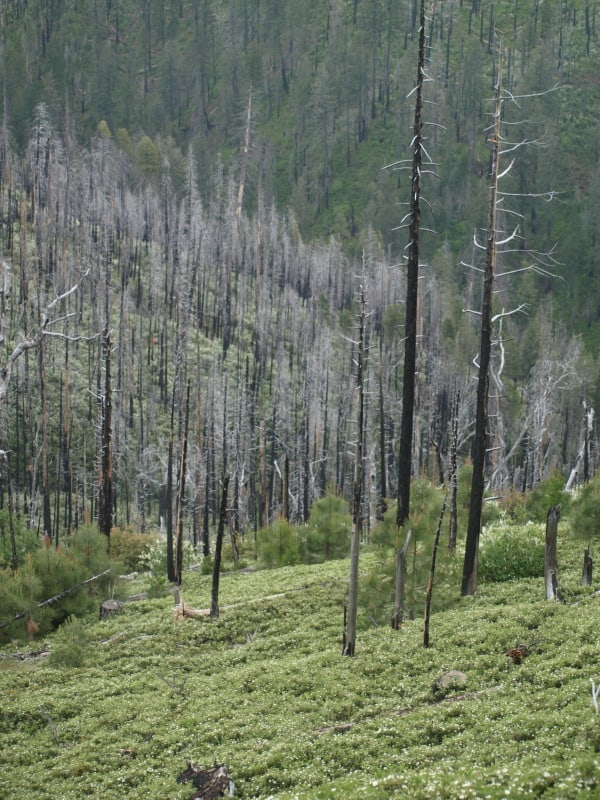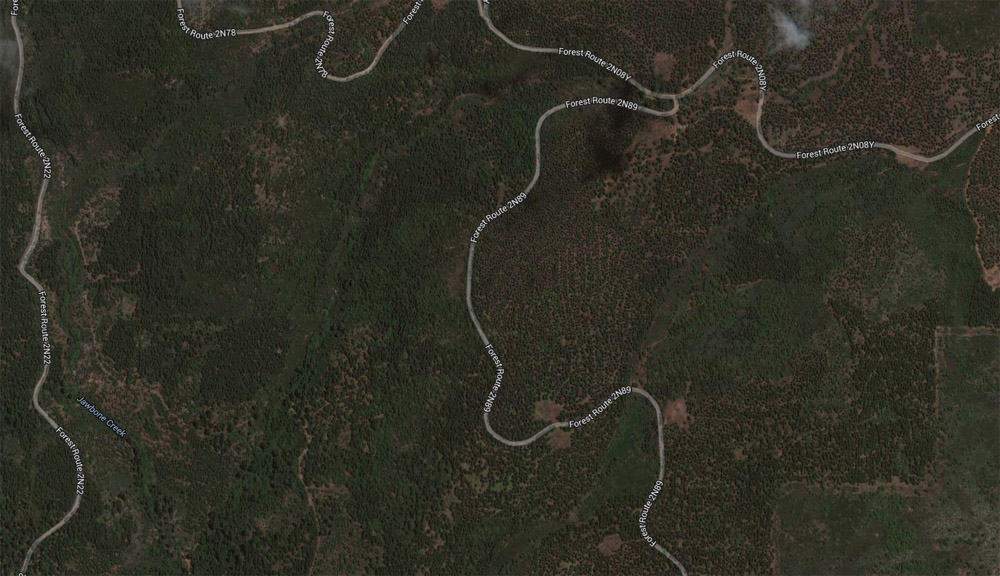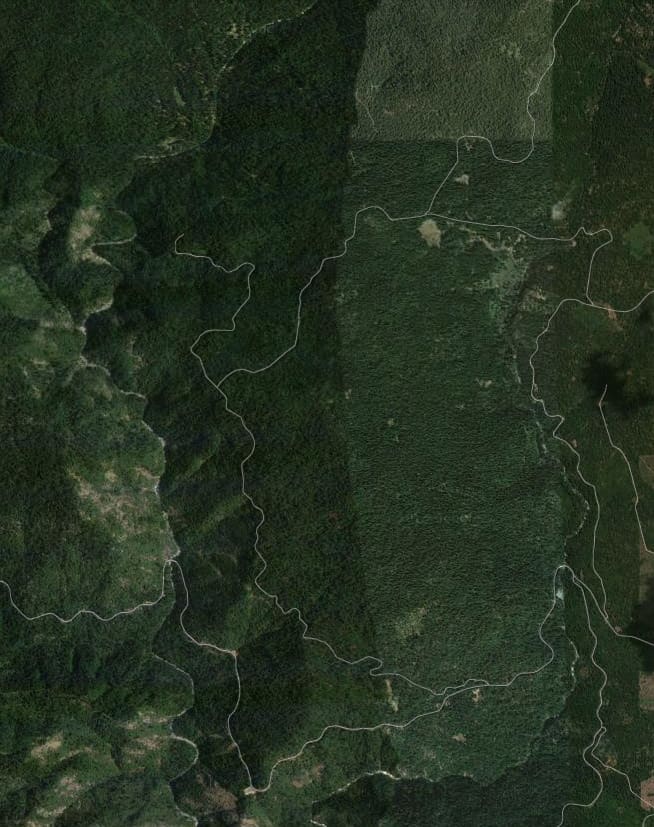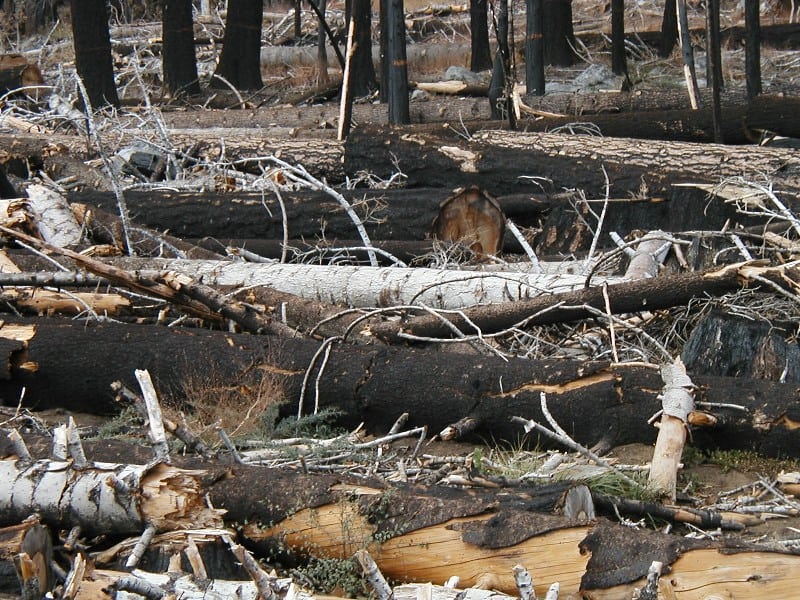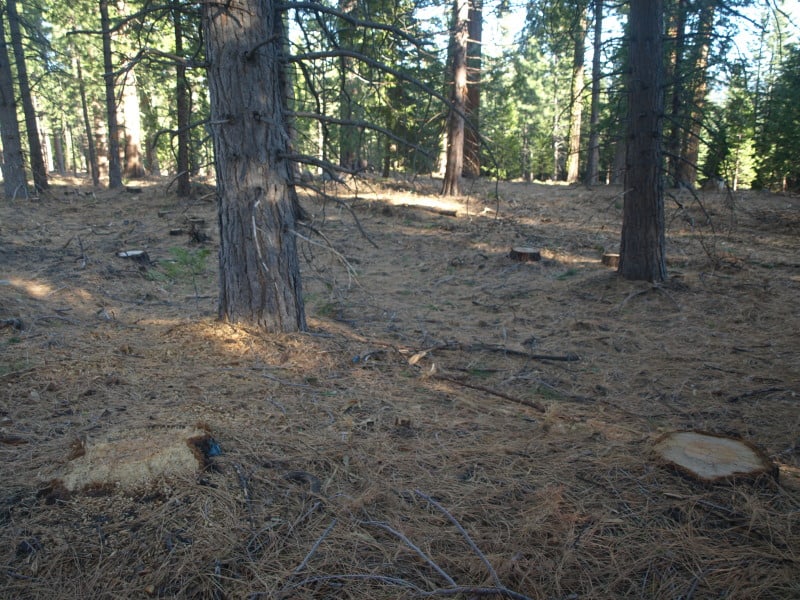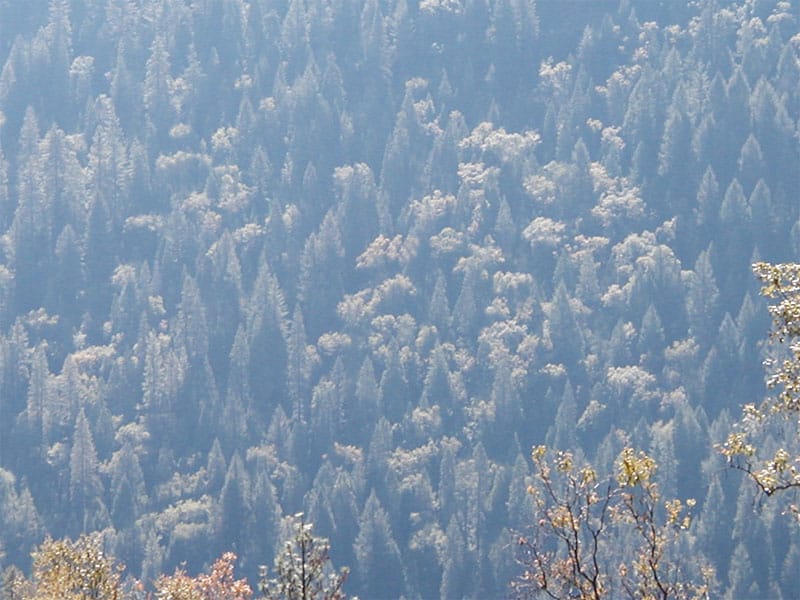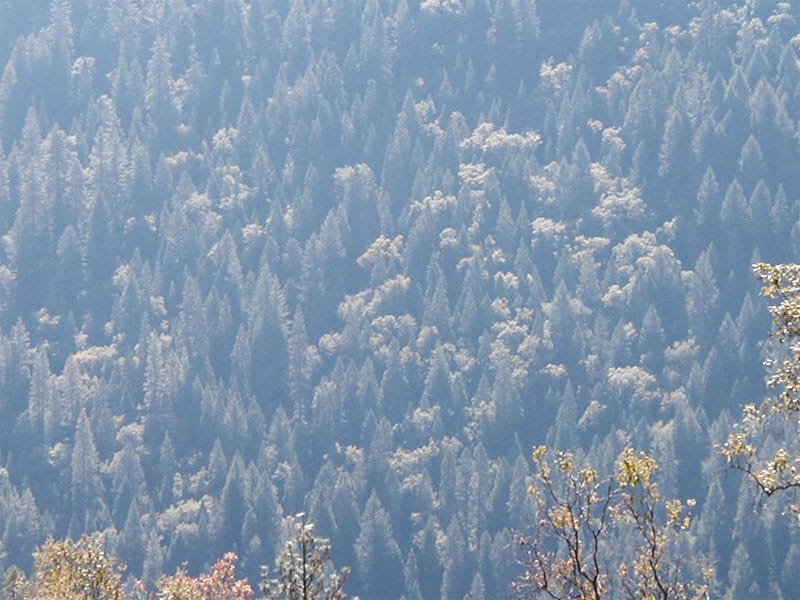Note from Ron: Earlier this month, I posted an article on Shoshone County, Idaho’s 2005 documentary, “Forests in Crisis” at the “Not Without a Fight!” blog — including a field for viewing the 27-minute film. Yesterday, by way of continuing the same theme, I posted a possible draft intro to a new and updated version of the County’s film, now titled, “Counties in Crisis.” Sharon generously invited me to cross-post the newer article to “A New Century of Forest Planning.” Thank you, Sharon!

Scene One: Setting Up The Problem
It’s a story that, for the most part, has fallen below the national news horizon.
America’s 155 national forests cover almost 190 million acres, the great majority in the West. This great expanse of forested land falls across and affects more than 700 American counties, roughly a fifth of the nation’s total number of counties. Some counties host only small patches of national forest while in others national forests may cover much or even most of their landscapes.
This presence has manifold consequences for local communities. The Forest Service owns and governs these lands, thus limiting the inputs of local citizens and governments to an advisory role only. For many years, national forests and local communities got on tolerably well. The Forest Service’s multi-use philosophy made ample room for the needs and economies of local communities. But this working relationship has broken down. Now, local communities and counties have in effect become unhappy captives of Forest Service policies and limitations –- policies that no longer serve local needs and aspirations.
There are four basic local needs that define the relationship, and thus also the breakdown:
- The protection and enhancement of forest health;
- the protection and enhancement of local forest-related economic activity;
- the planning and execution of hazardous fuels reduction and forest thinning to reduce threat of catastrophic wildfire; and
- the provision of adequate support for the functioning or operation of local governments and schools.
In better times, each of these four domains helped serve the requirements of the others, all acting in concert to keep local communities and their surrounding forests healthy, productive, and in balance. In bad times, however, the four domains act against one another, thus exacerbating the circumstances within each domain. Without timber harvests, for example, the increase of fuel in the forest worsens the risk of catastrophic wildfire; by the same token, the absence of revenue from such harvests weakens county government and school resources and, as well, shortchanges Forest Service efforts to manage forest health. (continue reading)

